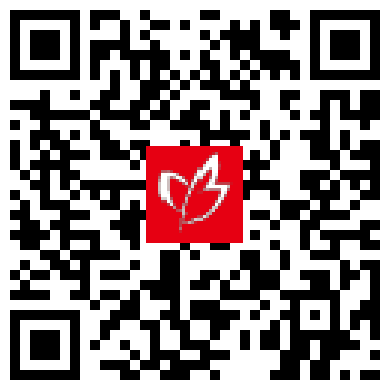
(2025·安徽合肥·三模)Each year, an estimated 53,000 tourists visit Antarctica, and they could each be unintentionally contributing to the melting of 83 tonnes of snow, according to a new study published in Nature Communications.
The culprit is black carbon, created when fossil (化石) fuels and biomass are burnt. Black carbon settles on the snow, causing it to darken in colour. This increases the absorption of heat from the sun and quickens melting.
Due to its remoteness, Antarctica has a low background level of black-carbon pollution compared to other parts of the world. However, the new study indicates that black carbon from Antarctic tourism and research activities has nevertheless had a notable effect on the icy landscape.
The international research team measured black carbon concentrations in snow collected from 28 sites along a 2,000-kilometre stretch of the northern Antarctic Peninsula. The researchers found that black carbon levels were higher near research facilities and landing sites for tourist ships than at more remote regions of the peninsula.
The study estimates that, in heavily impacted areas, black carbon pollution is causing snowpack to decrease by up to 23 millimetres each year. Altogether, an estimated 4.4 megatonnes per year of snow is melting more quickly in the summer due to the impacts of black carbon from tourism alone — translating to 83 tonnes per visitor. Although these figures are striking, the real impact could be more complex than the data suggest.
“It is likely that local emissions (排放) account for most of the black carbon content in samples collected around research facilities and popular shore tourist-landing sites,” the paper states.
Ships, aero planes, helicopters, generators and trucks are known sources of black carbon that can settle on snow. The study authors suggest that tourist cruises (巡航) and fuel-powered equipment at scientific research stations are likely the largest sources of black-carbon pollution in the study area. That’s despite efforts in recent years to reduce the environmental footprint of Antarctic tourism, such as switching to marine diesel (船用柴油) or deep cycle battery power.
“Our results show that more remains to be done to reduce the impacts of tourism and ships in Antarctica,” the authors write.
12.What does the underlined word “culprit” in paragraph 2 mean?
A.Main cause. B.Harmful gas. C.Useful energy. D.Unexpected result.
13.How is black carbon produced in Antarctica?
A.From winds blowing in foreign dust.
B.From volcanic activities under the ice.
C.From natural changes in temperature.
D.From fuel use in tourism and research.
14.What do the figures in paragraph 5 most likely imply?
A.They exactly show each visitor’s carbon footprint.
B.The impact of human activity may be underestimated.
C.They suggest that Antarctica tourism should be banned.
D.The data may overstate the snowpack melting problem.
15.What do the authors think of current environmental efforts in Antarctica?
A.They still show limited effect. B.They paint a rosy picture.
C.They are a drop in the bucket. D.They boost Antarctica tourism.
【答案】12.A 13.D 14.B 15.A
【知识点】环境污染、说明文、碳足迹
该题有详细解析可以查阅1、本网站所提供的信息,只供教育教学参考之用。
2、本网站及其会员一概毋须以任何方式就任何信息传递或传送的失误、不准确或错误对用户或任何其他人士负任何直接或间接的责任。
3、在法律允许的范围内,本网站在此声明,不承担用户或任何人士就使用或未能使用本网站所提供的信息或任何链接或项目所引致的任何直接、间接、附带、从属、特殊、惩罚性或惩戒性的损害赔偿。
4、访问者在从事与本网站相关的所有行为(包括但不限于访问浏览、利用、转载、宣传介绍)时,必须以善意且谨慎的态度行事;访问者不得故意或者过失的损害本网站的各类合法权益,不得利用本网站以任何方式直接或者间接的从事违反中华人民共和国法律、国际公约以及社会公德的行为。对于访问者利用本网站提供的信息而作出的任何决策、决定以及其后果,本网站不承担任何责任
5、本网站图片,文字之类版权,本网站无法鉴别所上传图片或文字的知识版权,如果侵犯,请及时通知我们,本网站将在第一时间及时删除。
6、凡以任何方式登录本网站或直接、间接使用本网站资料者,视为自愿接受本网站声明的约束。
XueXi Design

